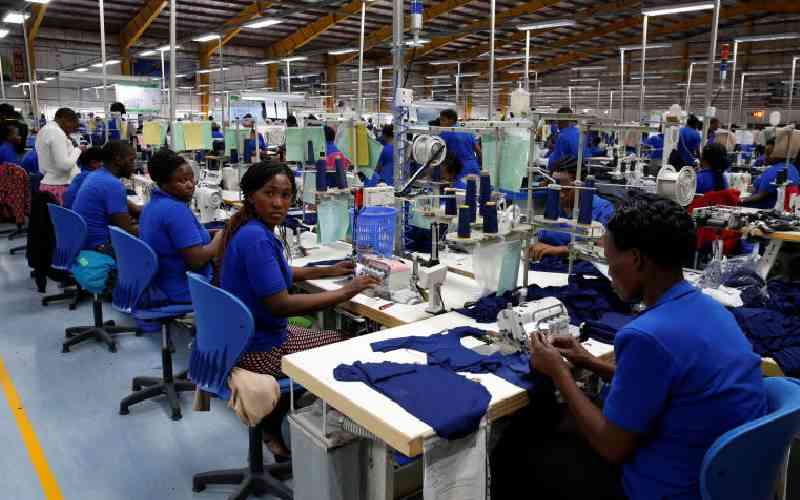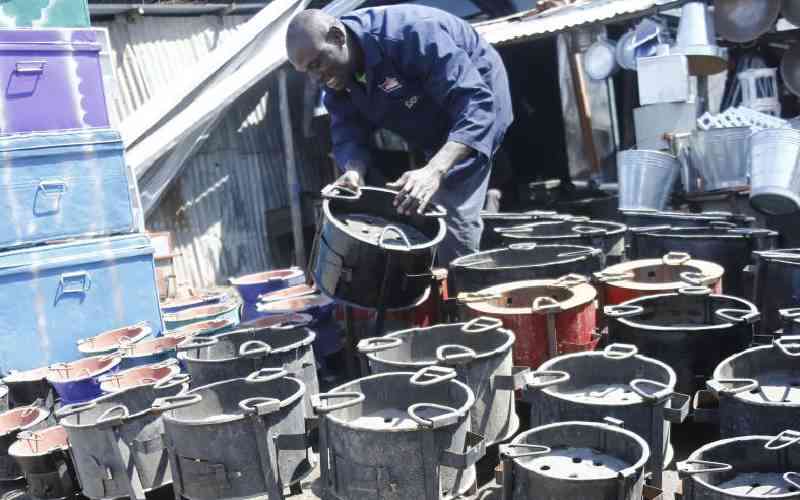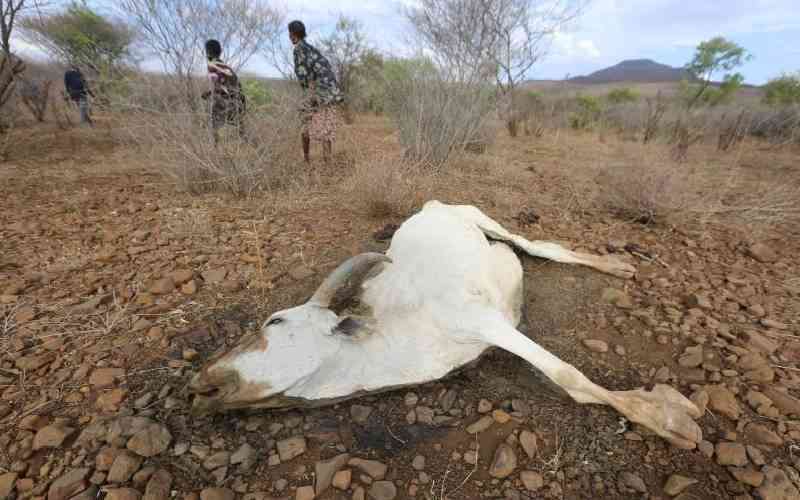Recent measures by the Nairobi City County to streamline flow of traffic on major roads by eliminating some roundabouts along Uhuru Highway and Waiyaki Way drew mixed reactions from residents. The reactions came in form of both praise and criticism, with success being reported at some sections and failure at others.
This necessitated county officials to remove the barriers at the Nyayo Stadium and Lusaka roundabouts, while retaining those at the Westlands roundabout, where they had actually worked towards streamlining the flow of traffic, and as a result, reducing the previously common snarl-ups in that area.








